
NATURE OF THAILAND 2020
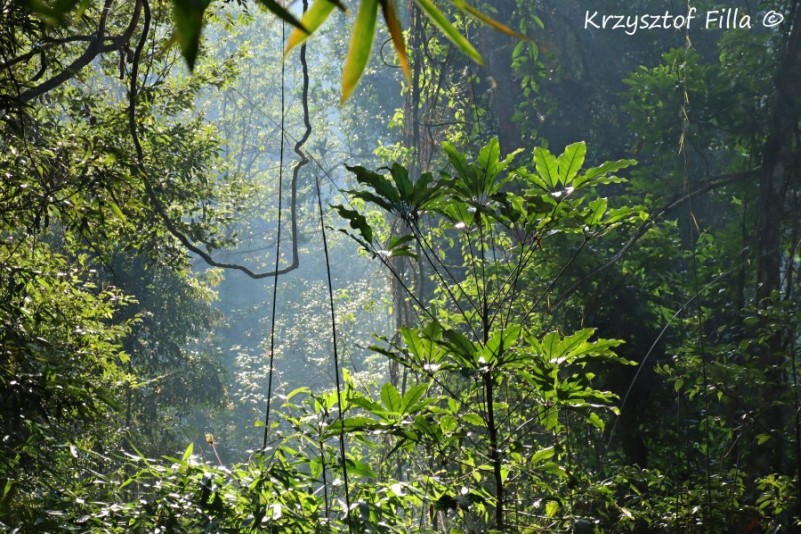
^ ^^^
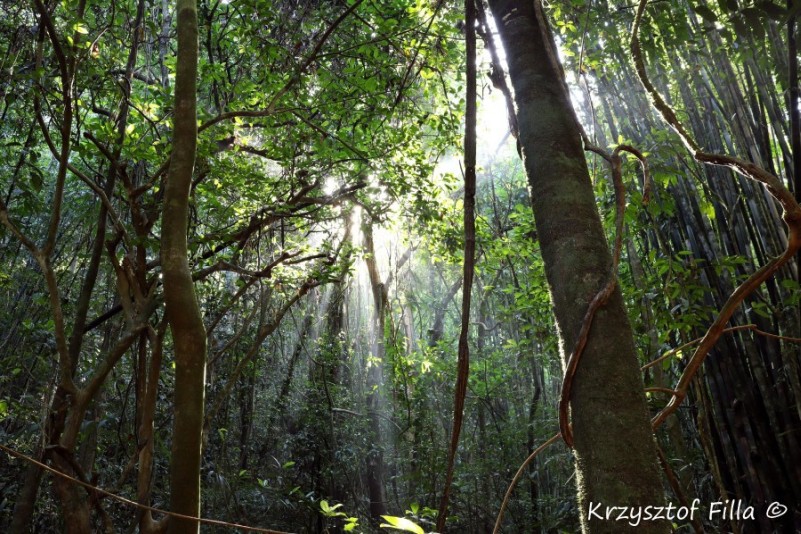
^ ^^^
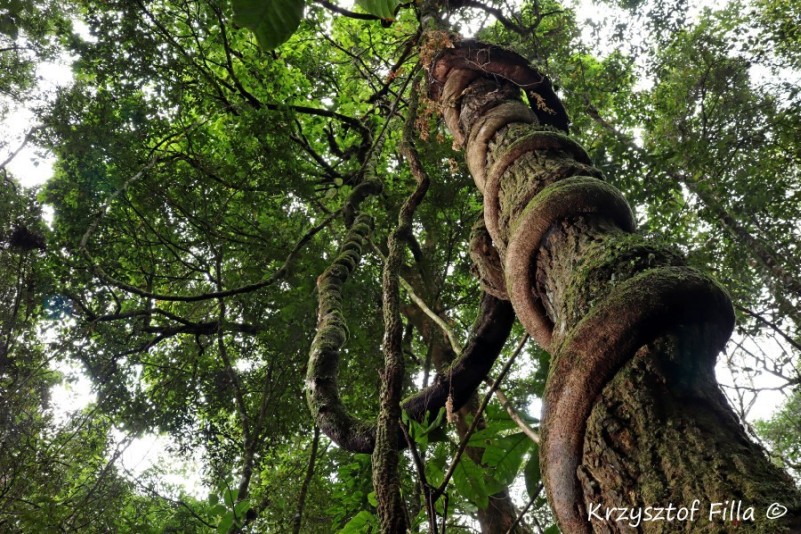
^ ^^^

^ ^^^
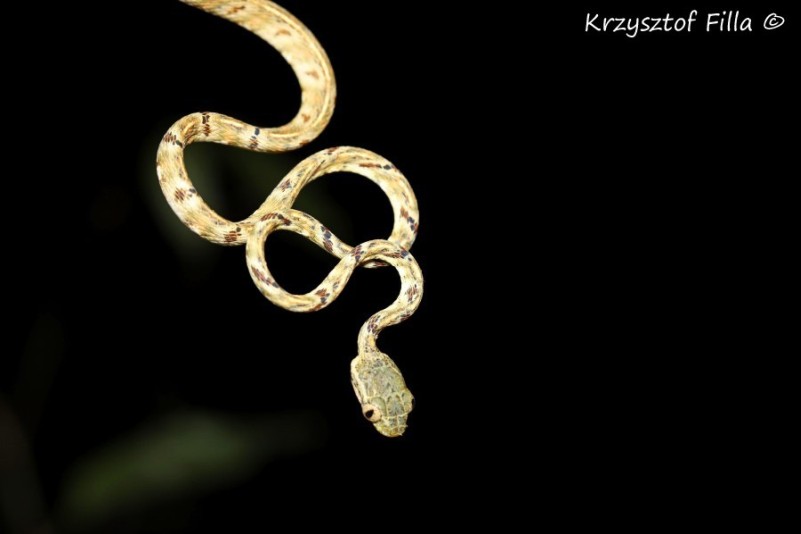
^ ^^^
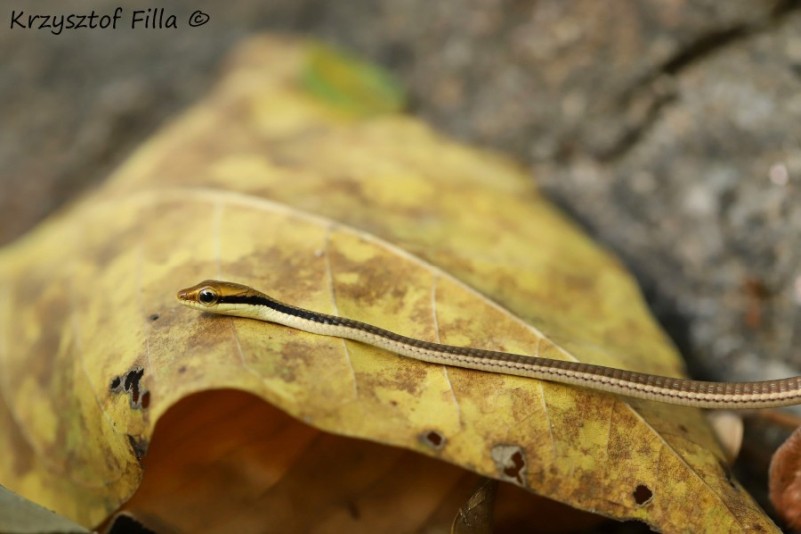
^ ^^^
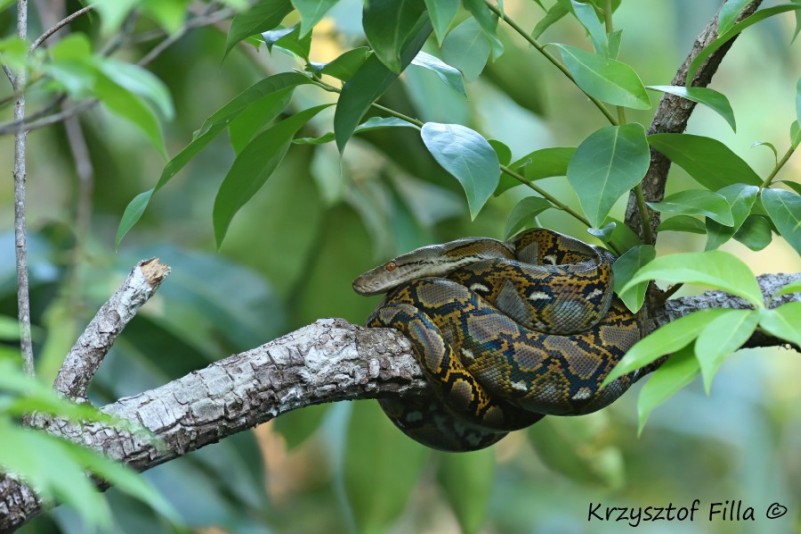
The reticulated python (Python reticulatus).
^ ^^^

The red tailed racer (Gonyosoma oxycephalum).
^ ^^^

The red tailed racer (Gonyosoma oxycephalum). Its venom is not harmful to humans. It occurs all over Thailand and south East Asia. It is arboreal snake.
^ ^^^
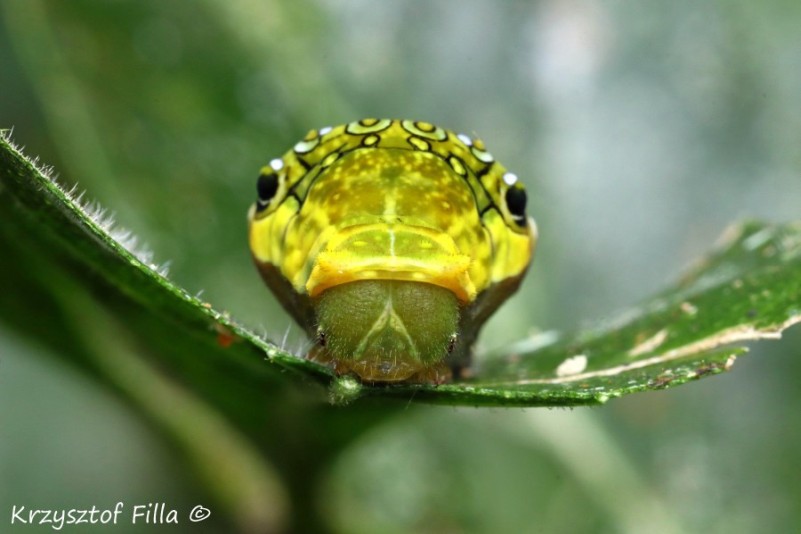
Citrus swallowtail butterfly caterpillar (Papilio demodocus). The caterpillar is mimicking a snake as its natural defense. These caterpillars vary in appearance when growing up and what sort of plants they munch.
^ ^^^
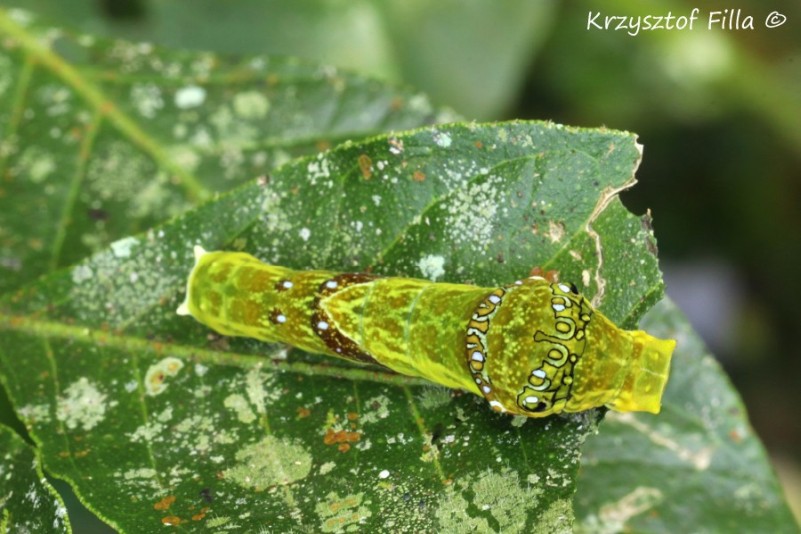
Citrus swallowtail butterfly caterpillar (Papilio demodocus).
^ ^^^
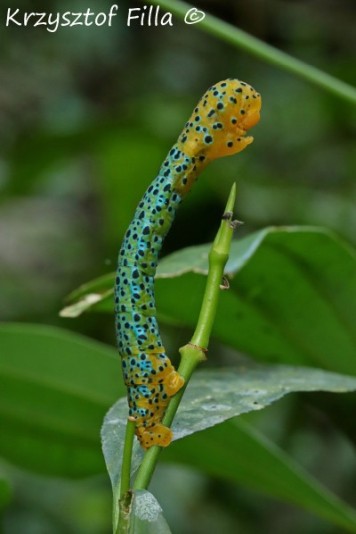
^ ^^^
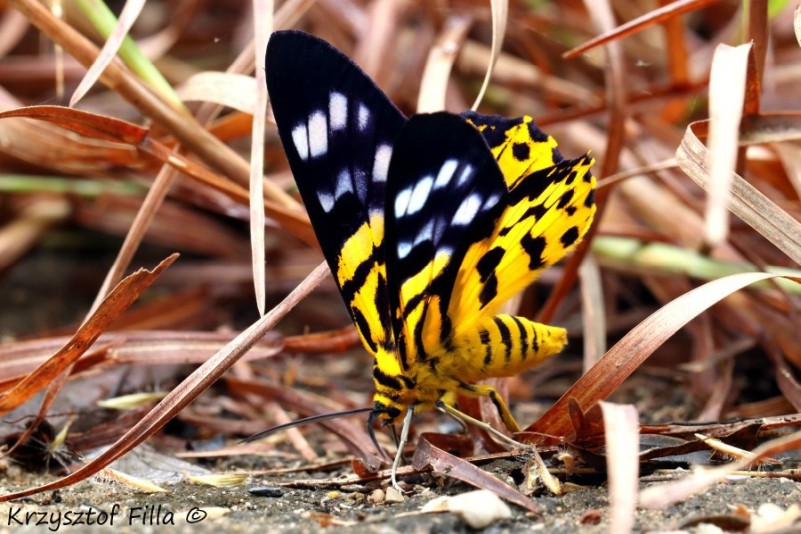
(Dysphania militaris) or (Dysphania subrepleta).
^ ^^^
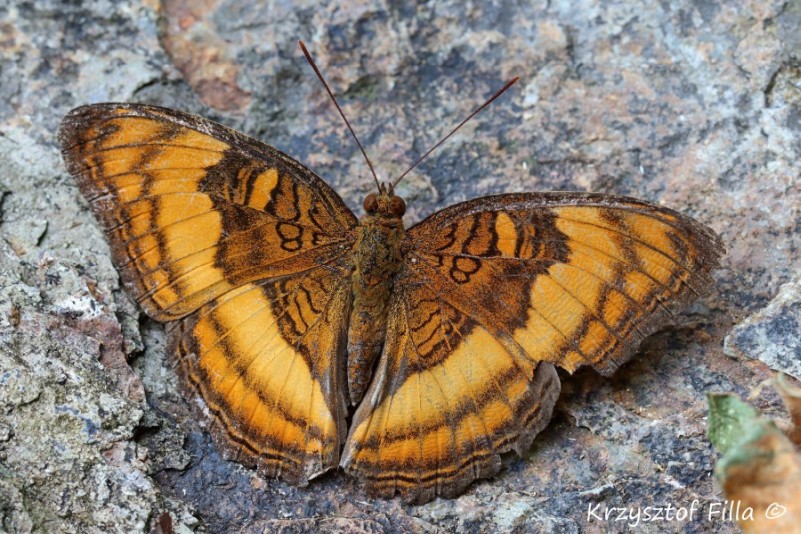
^ ^^^
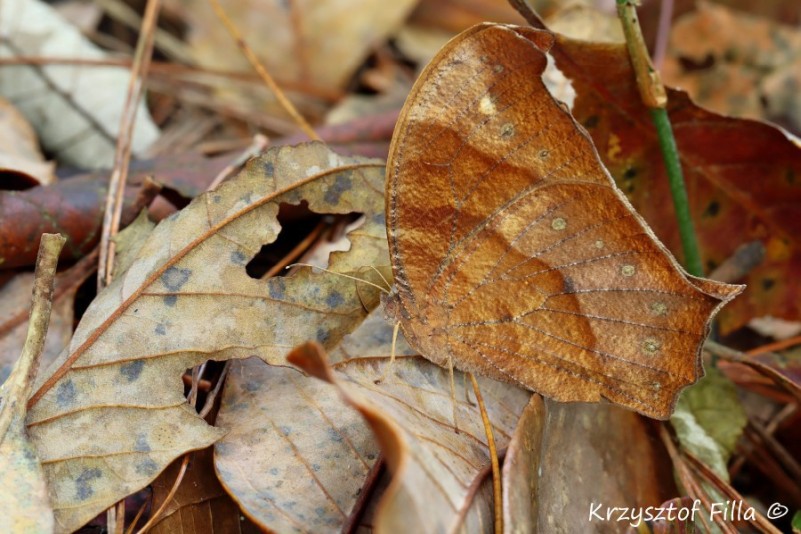
This butterfly mimics the dry leaves so much that if not flying it is virtually impossible to spot.
^ ^^^
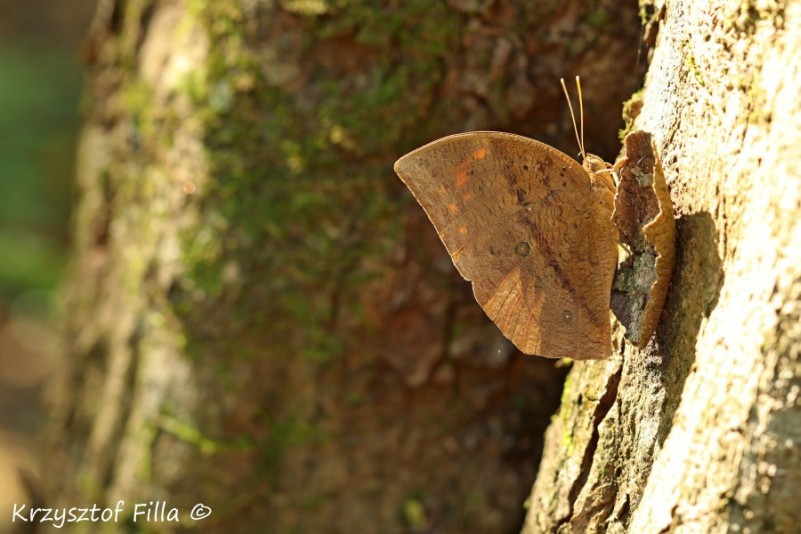
^ ^^^
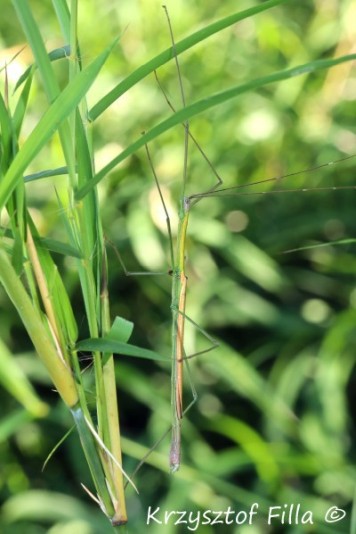
Stick insects are another master of camouflage. This one resembles blades of grass which assures his invisibility.
^ ^^^
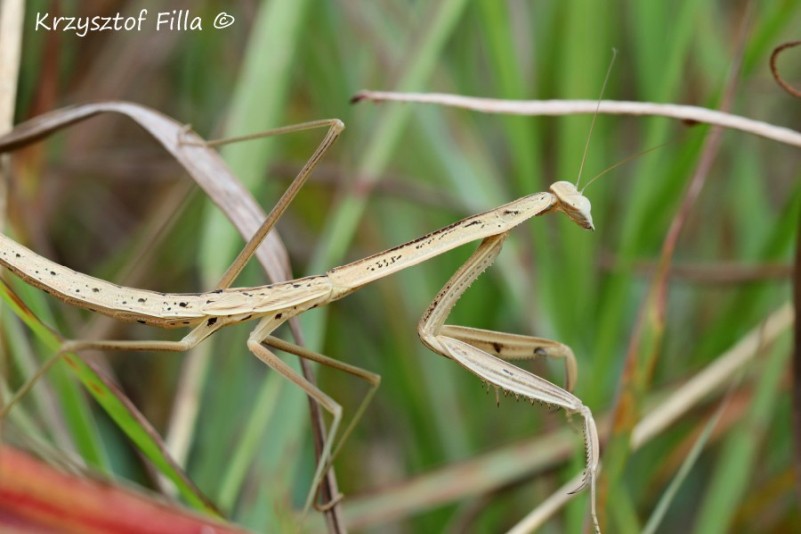
This praying mantis closely resembles dry stems (culms) of grass. This helps her to merge completely among dry stems of grass.
^ ^^^

Another species of praying mantis that looks like a leave.
^ ^^^

A green praying mantis.
^ ^^^
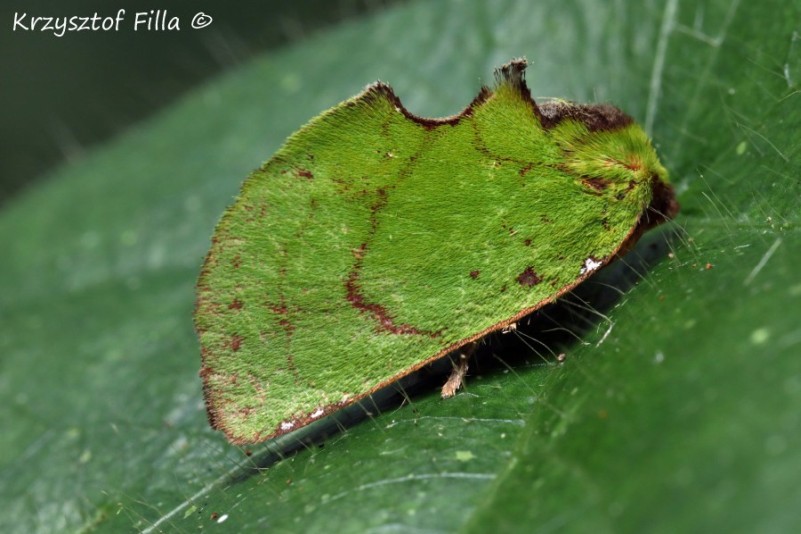
^ ^^^
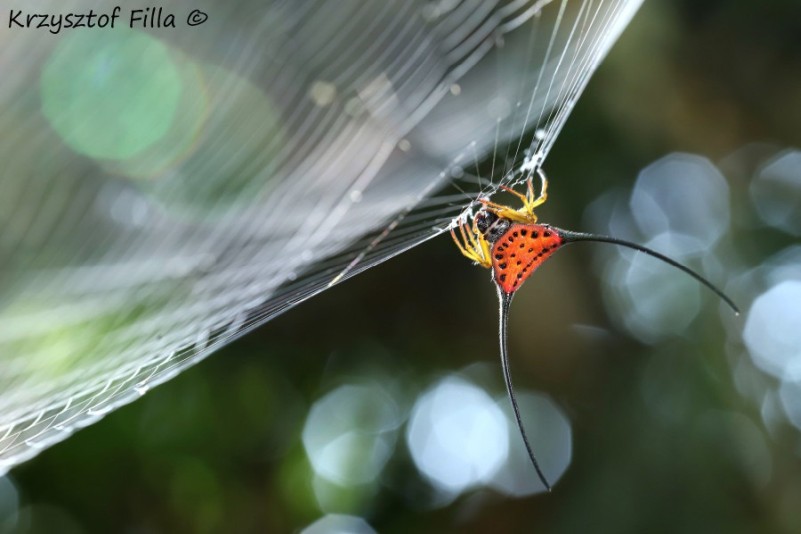
Long-horned Orb-weaver Spider (Macracantha arcuata).
^ ^^^

It looked as if the spider after catching an insect wrapped its pray and hanged it under the leave.
^ ^^^
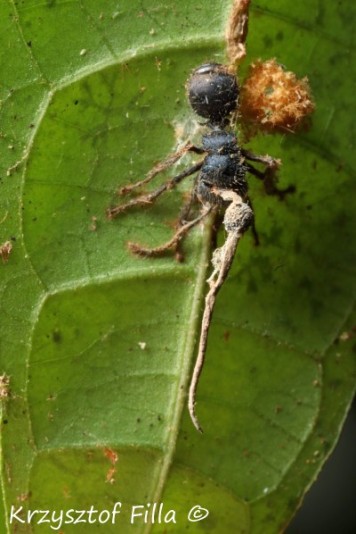
Cordyceps. It is a genus of fungi that is parasitic and grows inside insects. In the picture the ant after eating a spore of the fungus starts to feel dizzy and tries to go up a tree or a bush. Once reaching a certain hight, the insect stops and the fungus starts to germinate growing a spike from the head which will release new spores.
^ ^^^

^ ^^^
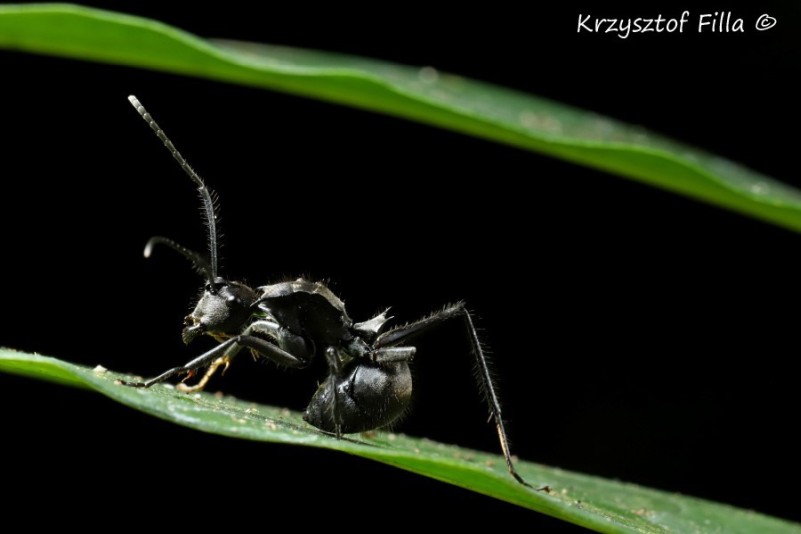
^ ^^^
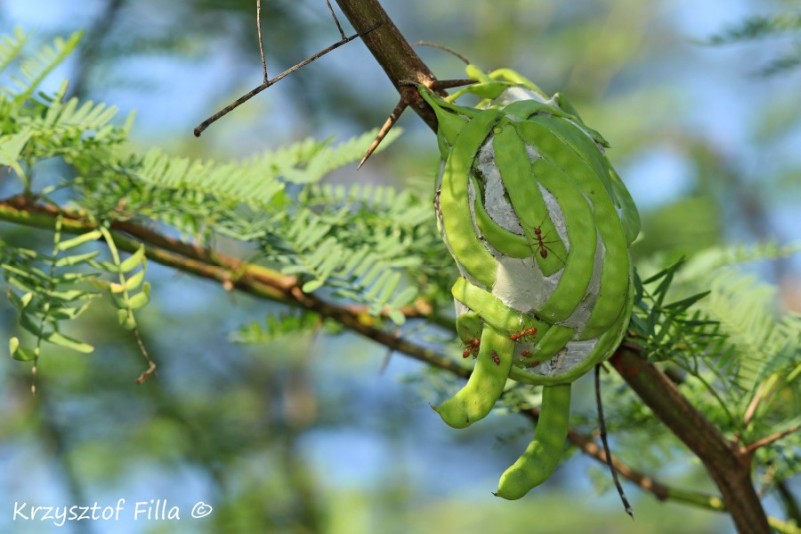
All weaver ants I have seen, build their nests from leaves. This species is exceptional because they built their nest from pods.
^ ^^^
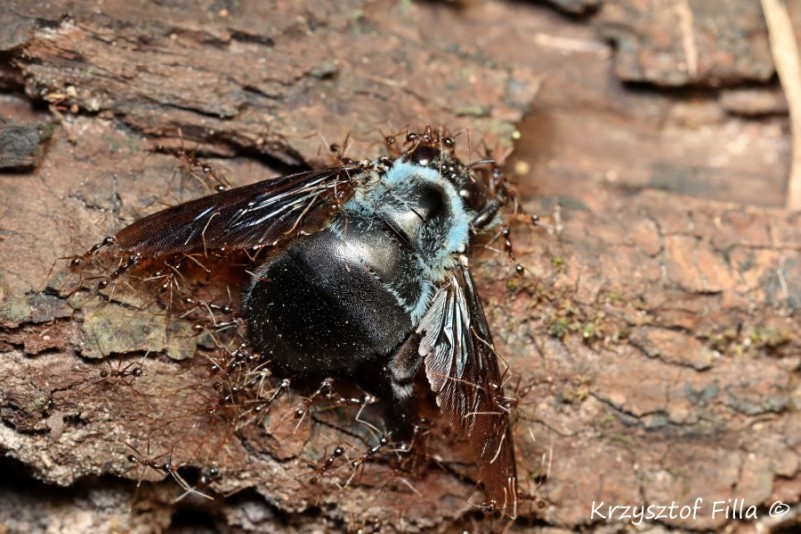
Ants transporting a bumblebee.
^ ^^^

These are dry Bamboo poles which possibly serve as dwellings for termites that build their corridors out of clay on the surface of the bamboos.
^ ^^^
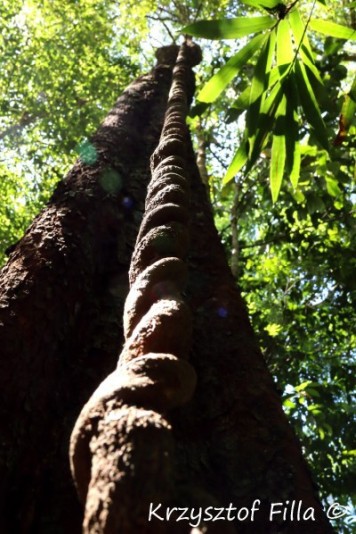
^ ^^^

^ ^^^
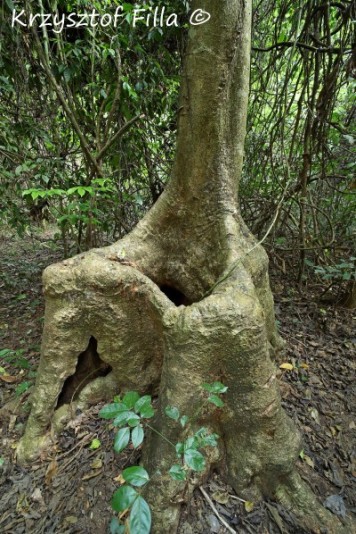
^ ^^^
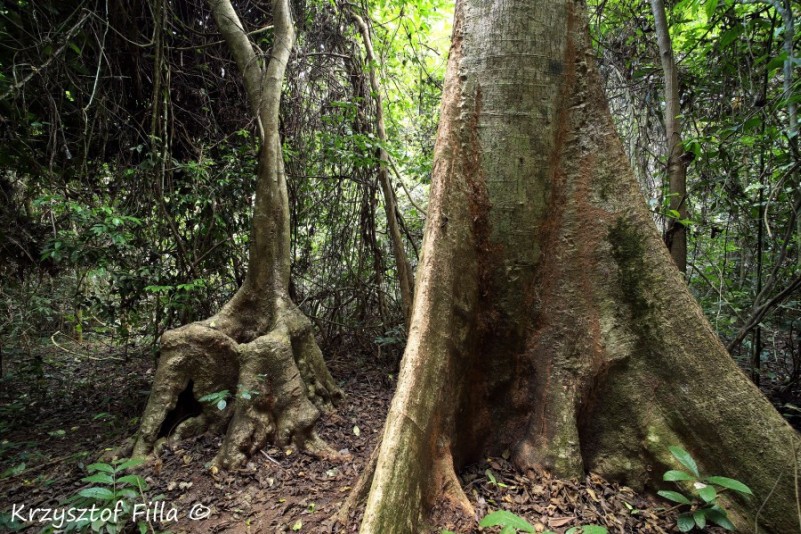
^ ^^^

Buttress roots can ascend along a trunk up to 30 m. and spread to the sides the same distance. But most often it is 1-3 m. in height and several horizontally. I am standing there as a reference point.
^ ^^^
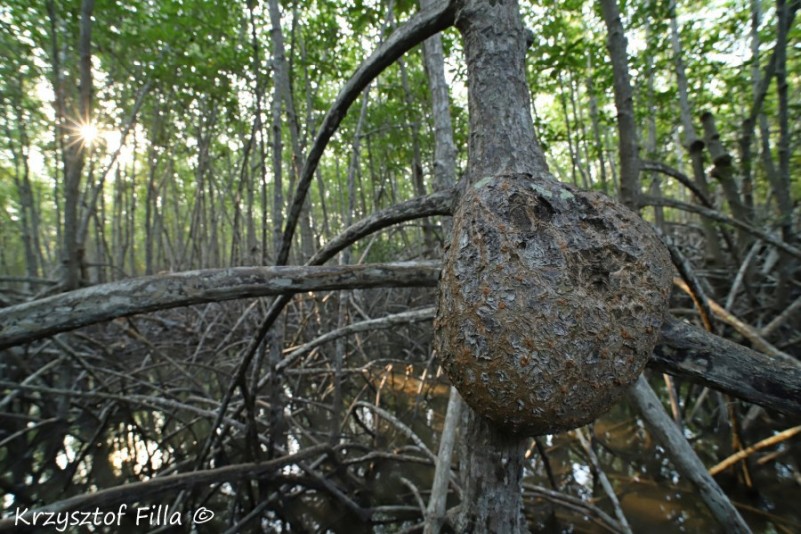
System of prop roots (Rhizophora apiculata) supports mangrove vegetation. These grow on swampy and boggy areas permanently or temporary flooded depending on season or tides. Therefore without sufficient anchoring, trees are are prone to collapse.
^ ^^^

Pran Buri Forest Park. Mangrove forest does not have large diversity of trees, usually it is a few species. However it provides perfect habitat for countless species of animals as long as man allows them to thrive. Coastal lines are very attractive for tourism and fish farms, therefore these forest can not withstand the pressure from these industries.
^ ^^^
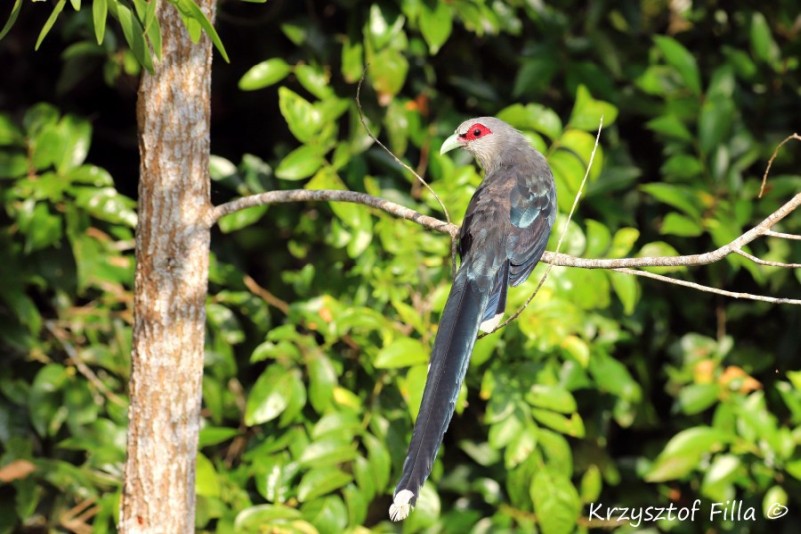
The green-billed malkoha (Phaenicophaeus tristis). It is a species of non-parasitic cuckoo found throughout Indian Subcontinent and Southeast Asia. Among cuckoos it has very long tail.
^ ^^^
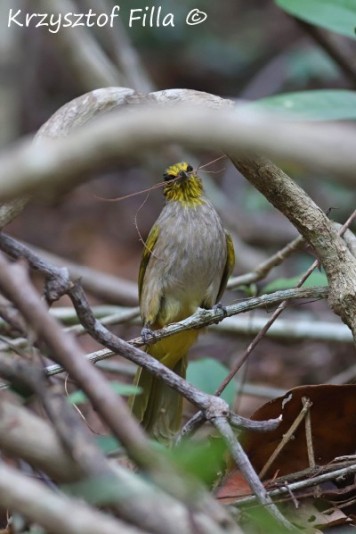
^ ^^^
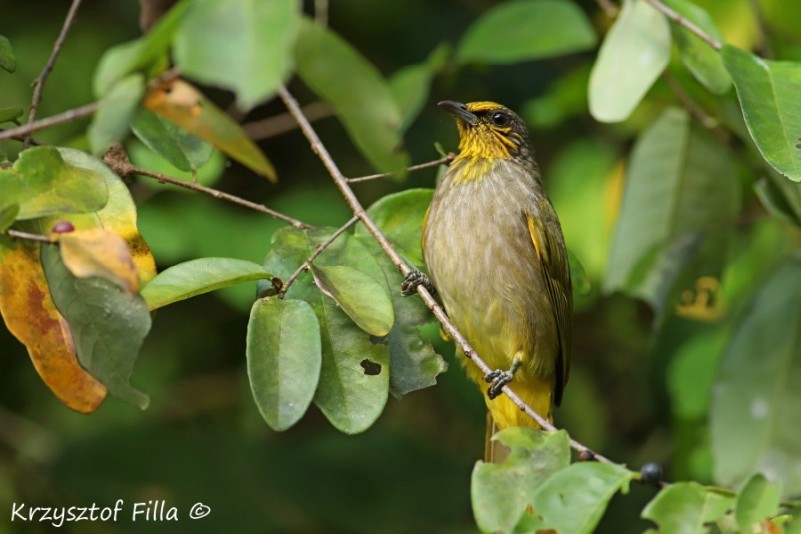
^ ^^^

The oriental pied hornbill (Anthracoceros albirostris). These birds are generally monogamous and as other hornbills use holes and cavities in trees as theyir nesting sites witch sufice their size. The female is sealed during the incubation and male provides food.
^ ^^^
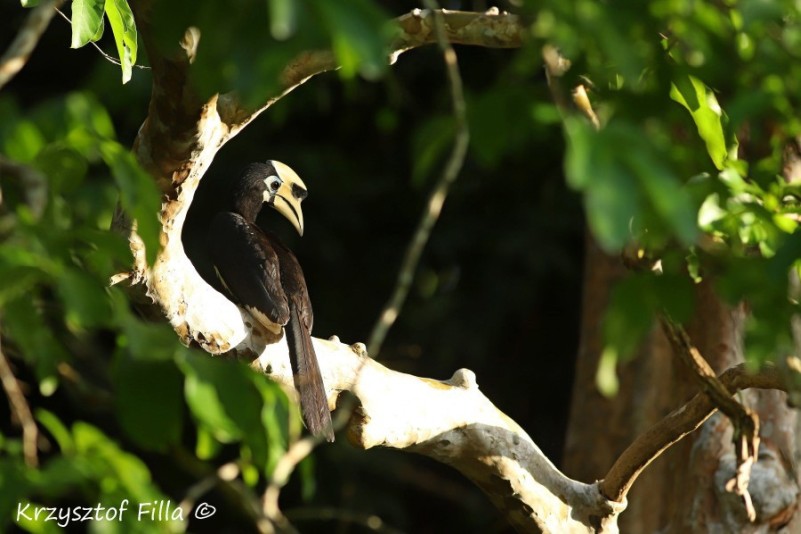
The oriental pied hornbill (Anthracoceros albirostris).
^ ^^^
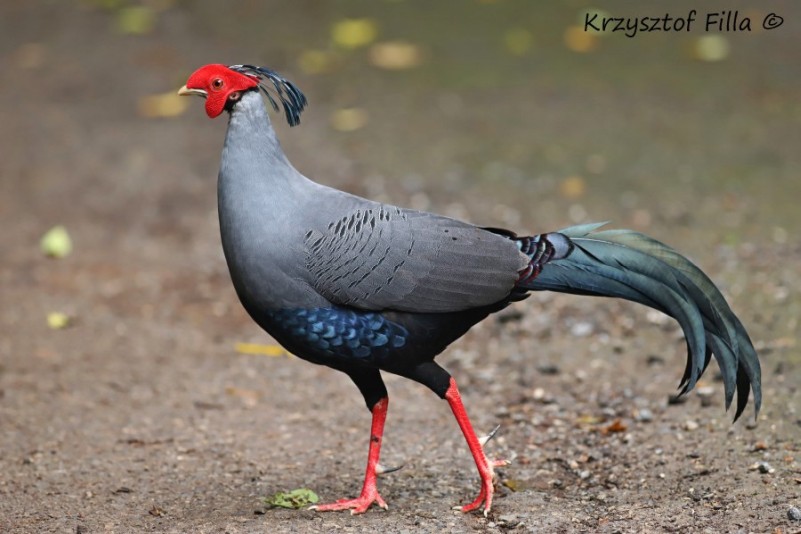
The Siamese fireback (Lophura diardi). It is a national birds of Thailand. It is a type of pheasant occurring on Indochinese peninsula. It is fairly common but hunting and lose of habitat continuously brings its number down.
^ ^^^
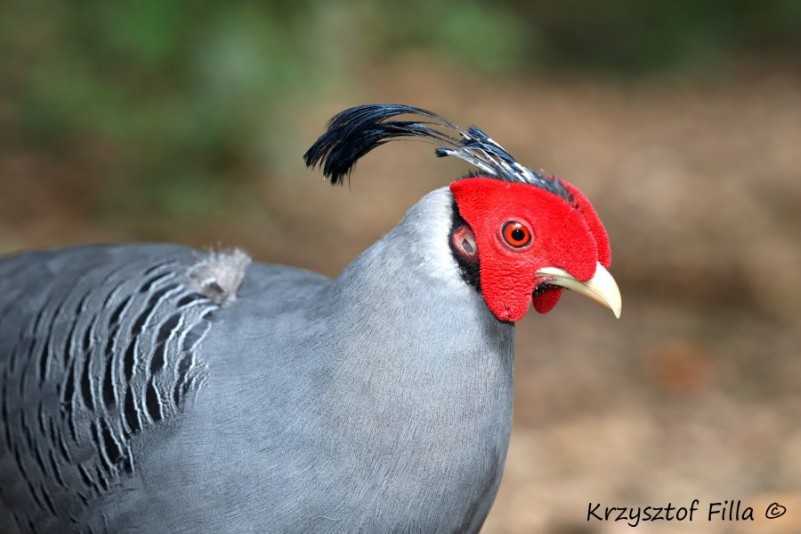
The Siamese fireback (Lophura diardi).
^ ^^^
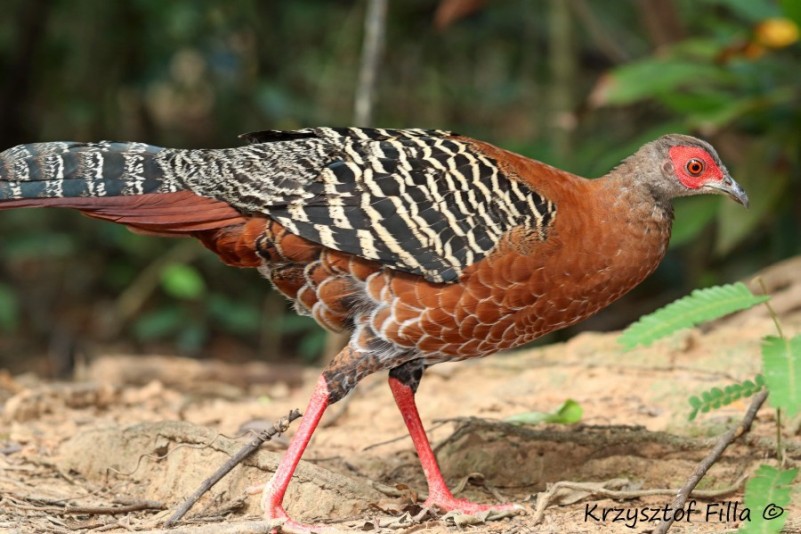
A female of the Siamese fireback (Lophura diardi).
^ ^^^
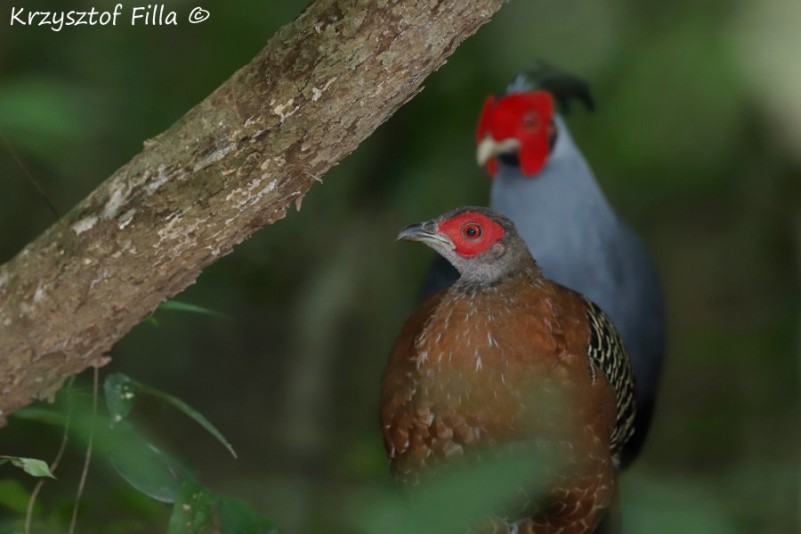
A pair of Siamese fireback.
^ ^^^
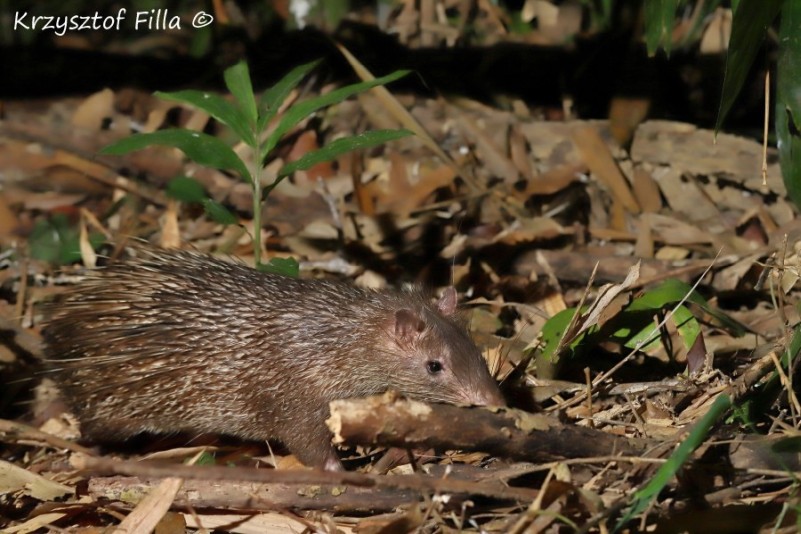
The Asiatic brush-tailed porcupine (Atherurus macrourus). It is a nocturnal rodent mostly active at midnight. It is one of the rarest porcupine species in in south east Asia limited to Indochinese and Malayan peninsula.
^ ^^^
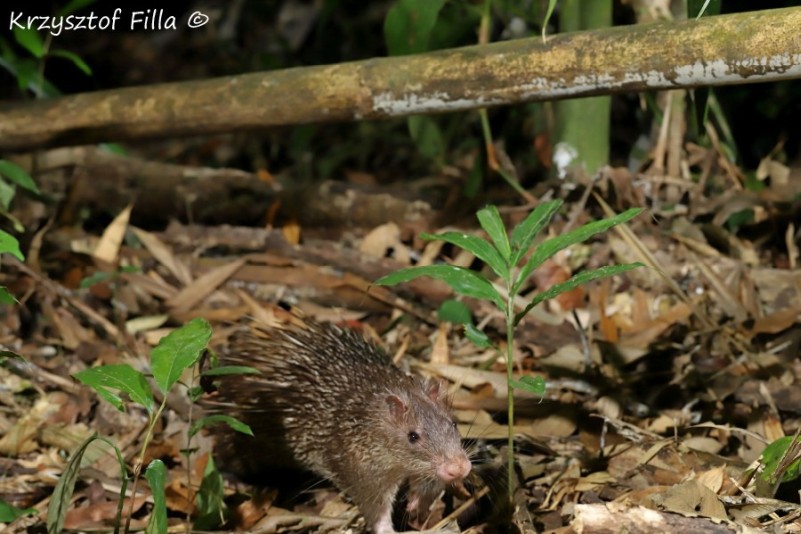
The Asiatic brush-tailed porcupine (Atherurus macrourus).
^ ^^^
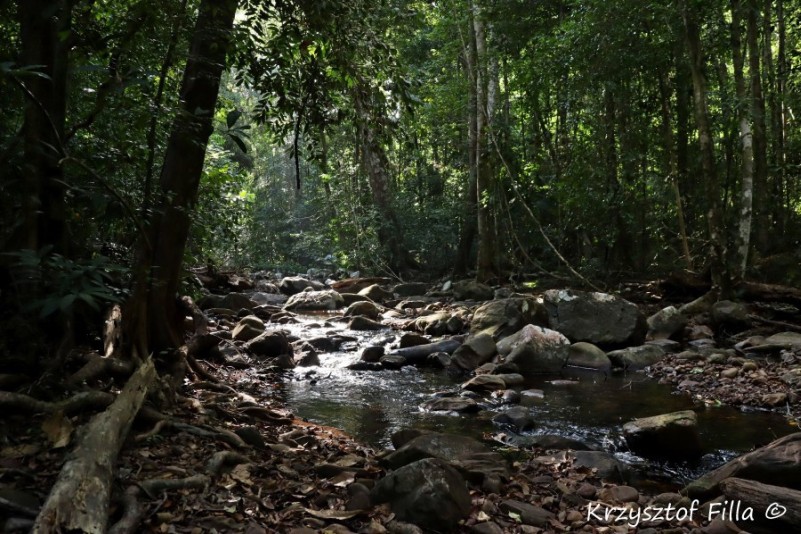
^ ^^^
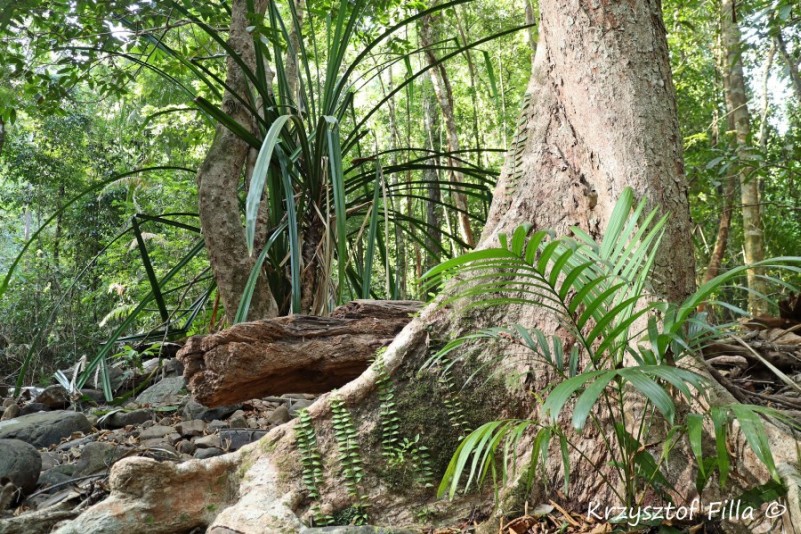
^ ^^^
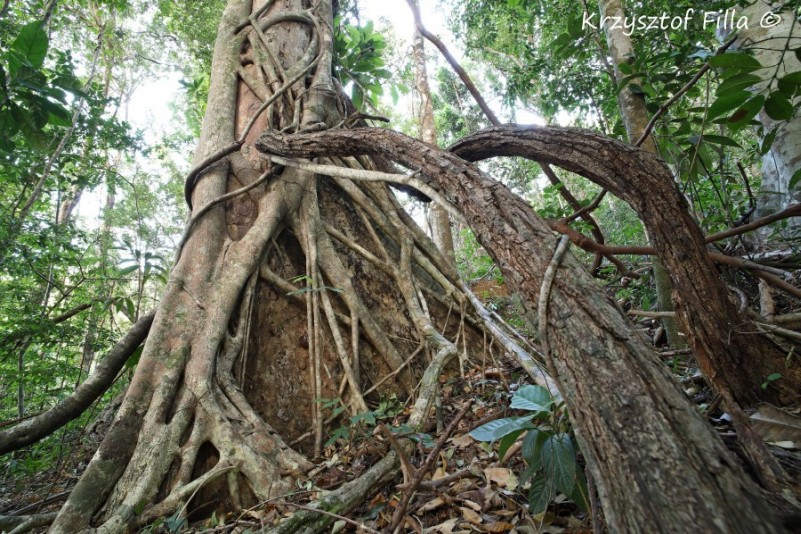
^ ^^^
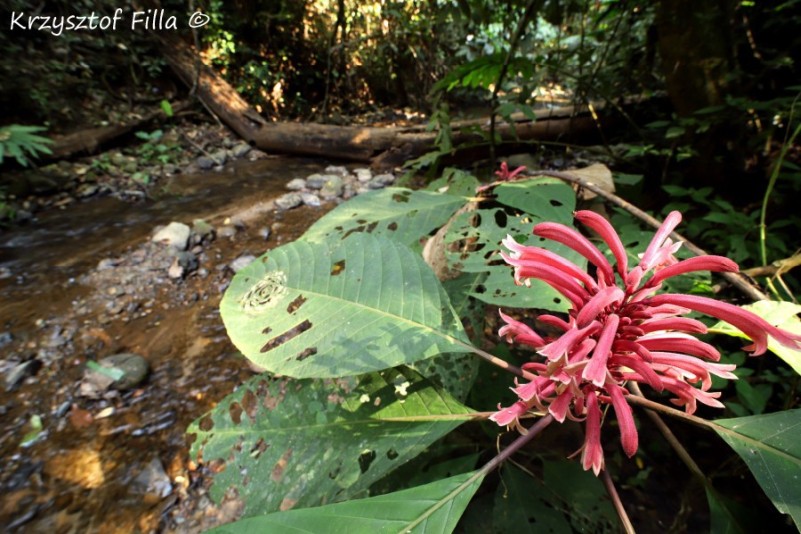
^ ^^^
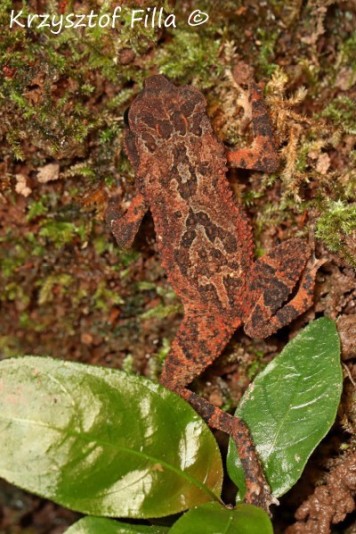
^ ^^^
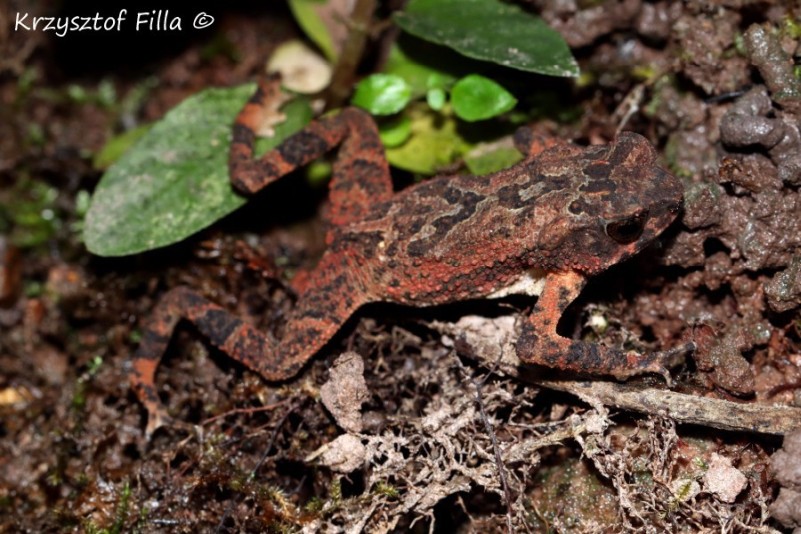
^ ^^^

^ ^^^
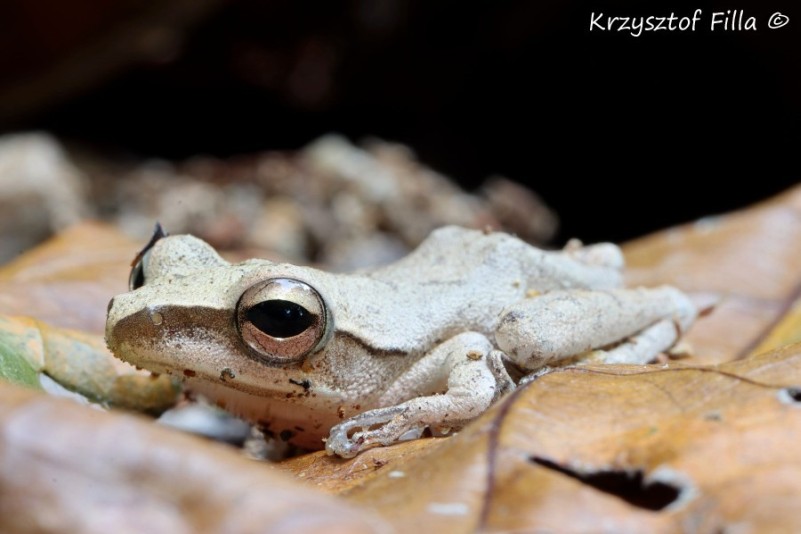
^ ^^^
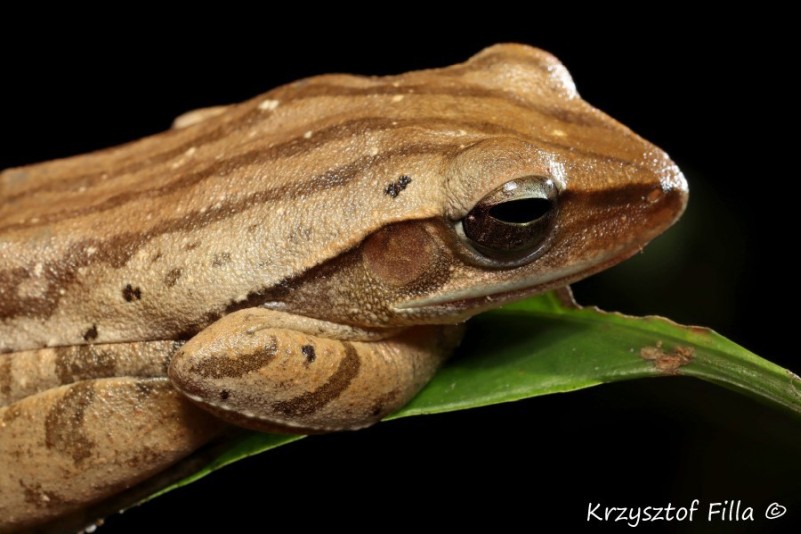
^ ^^^
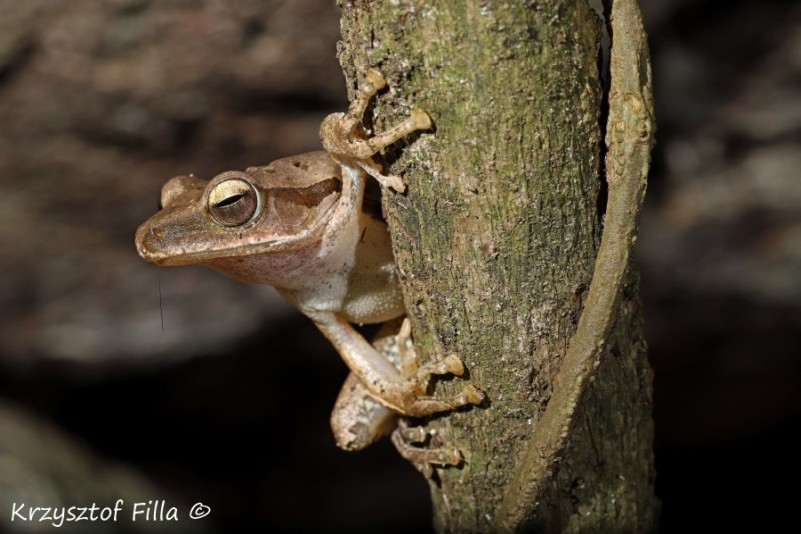
^ ^^^
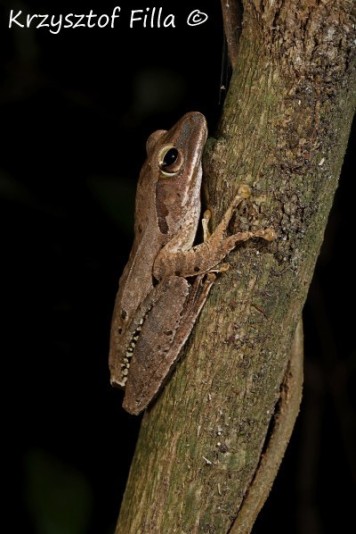
^ ^^^

^ ^^^
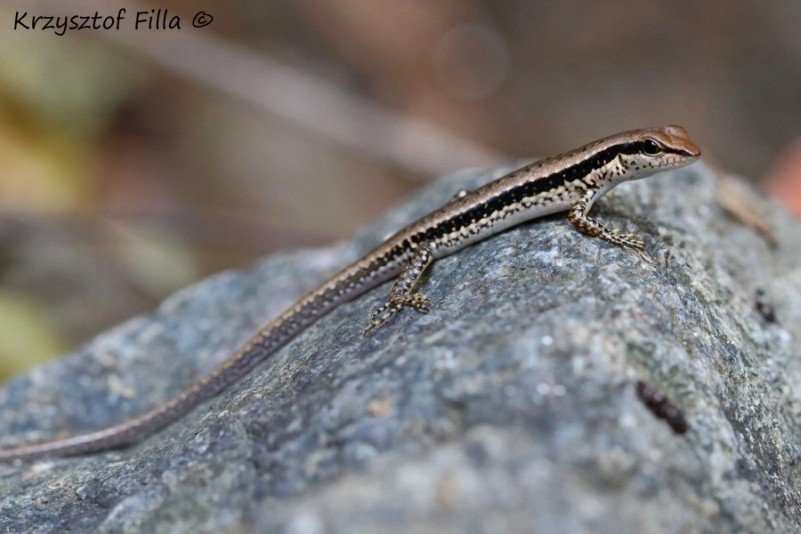
^ ^^^

^ ^^^
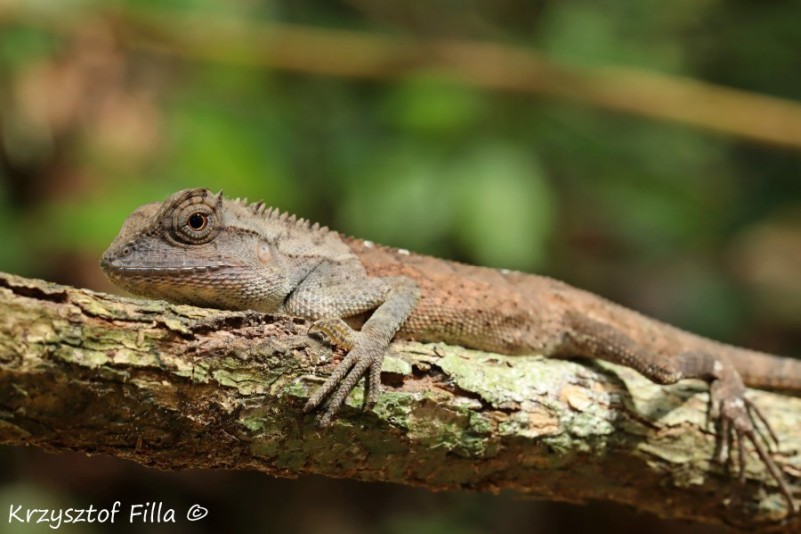
^ ^^^
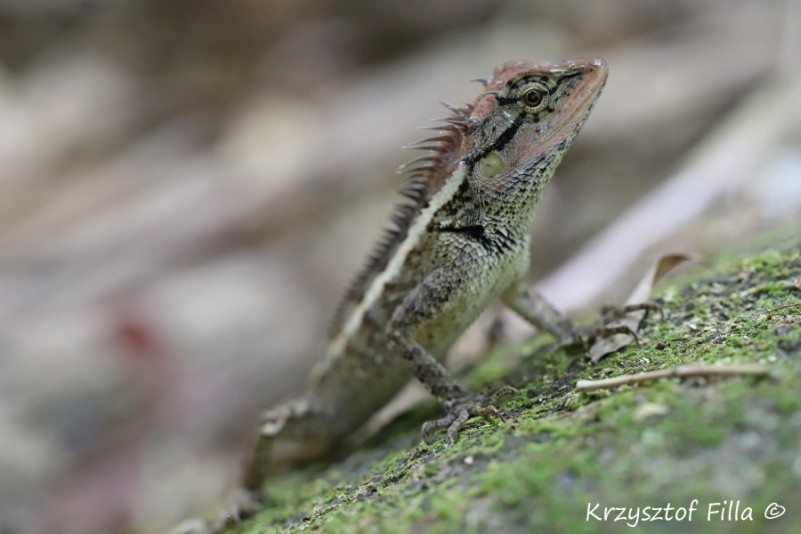
^ ^^^
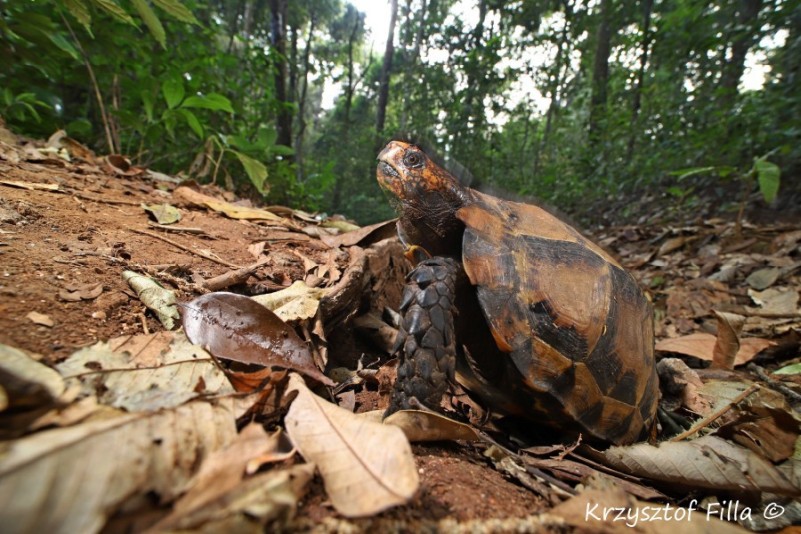
^ ^^^
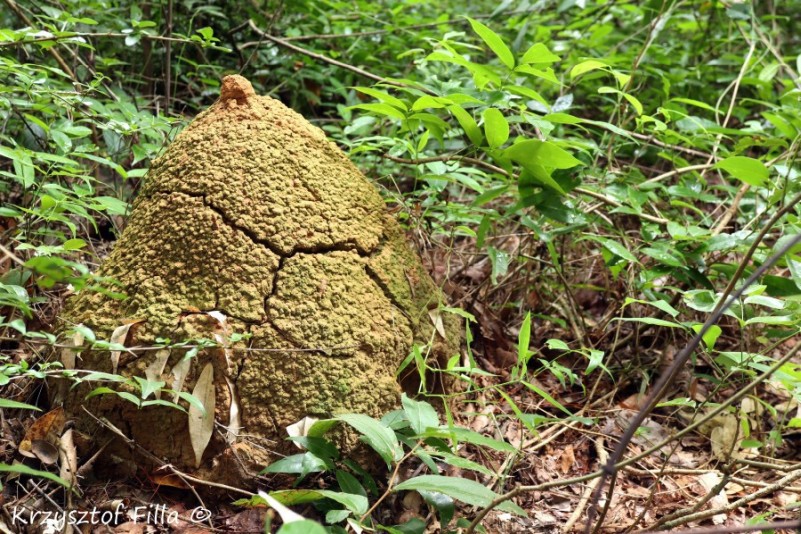
^ ^^^
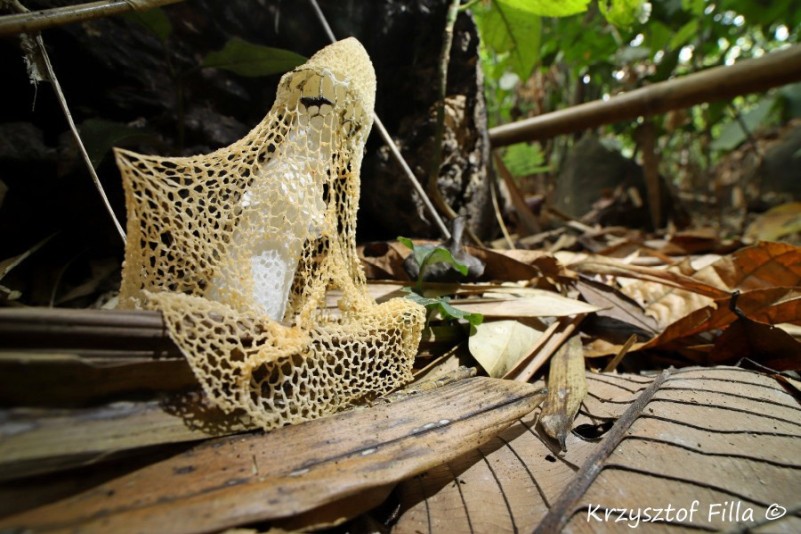
Long net stinkhorn (Phallus indusiatus). It is a fungus in the family Phallaceae, or stinkhorns. It is saprotrophic species feeding on dead wood and taking part in the decomposition of the wood.
^ ^^^
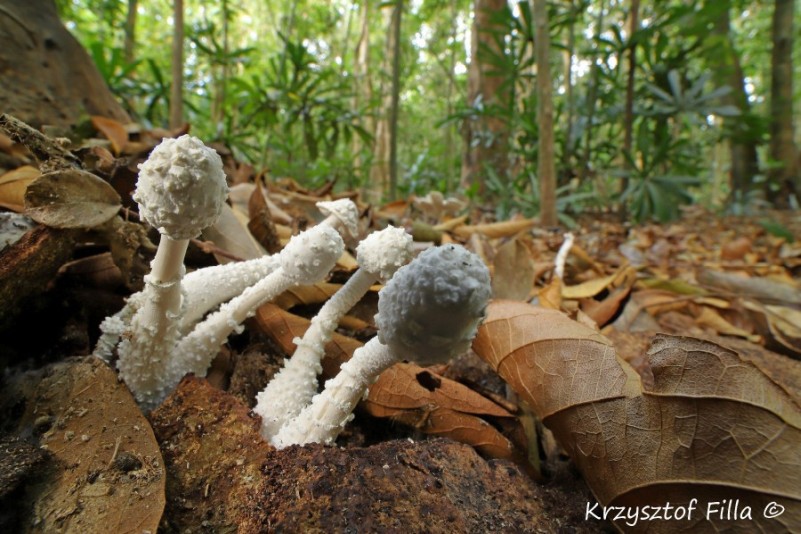
^ ^^^

^ ^^^
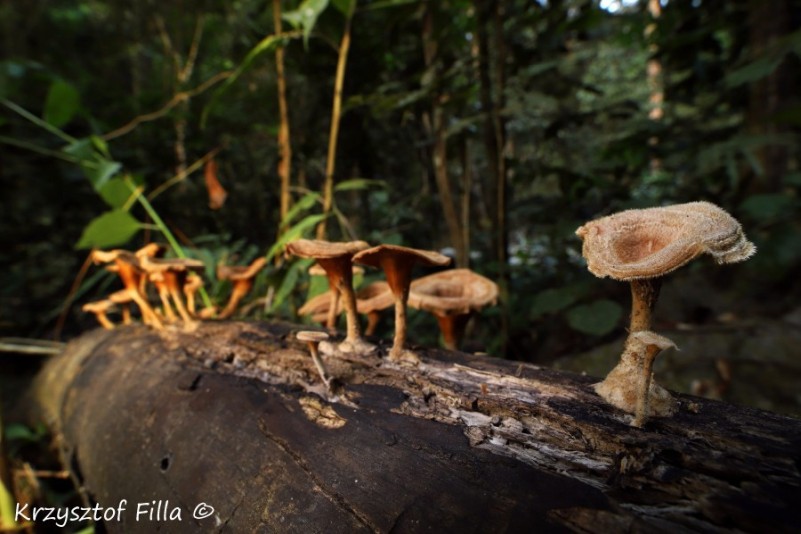
^ ^^^
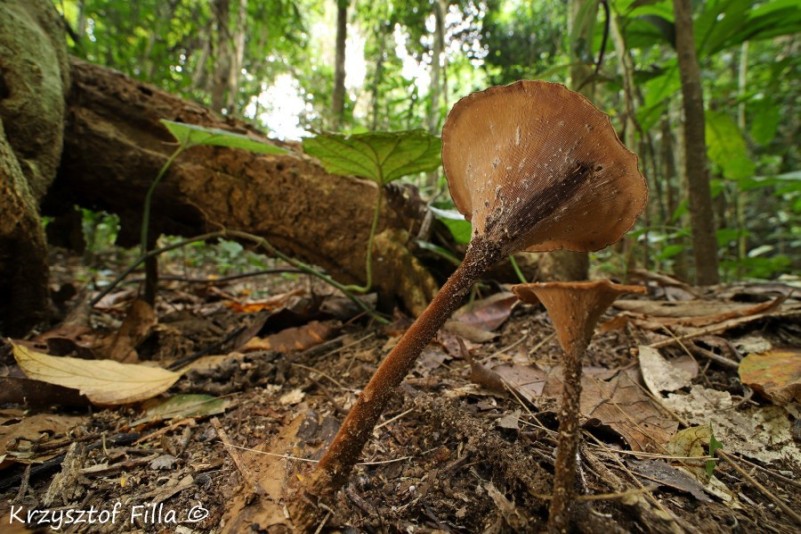
^ ^^^
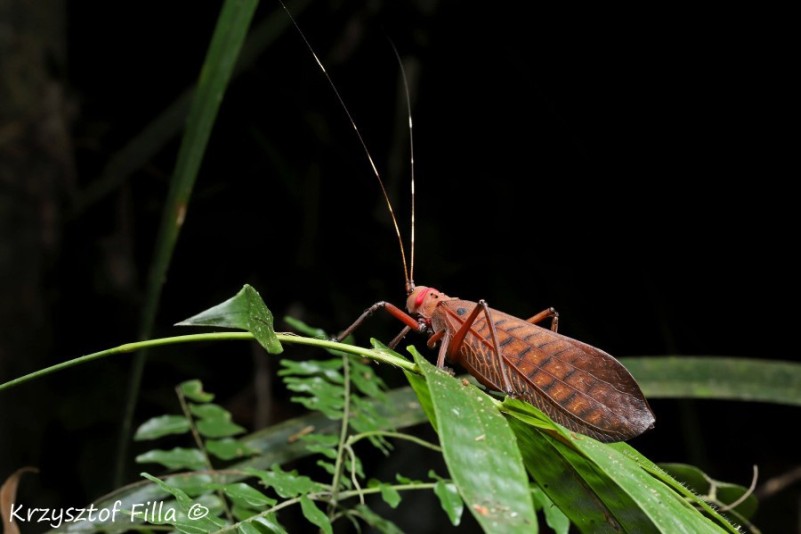
(Typhoptera) cricket.
^ ^^^
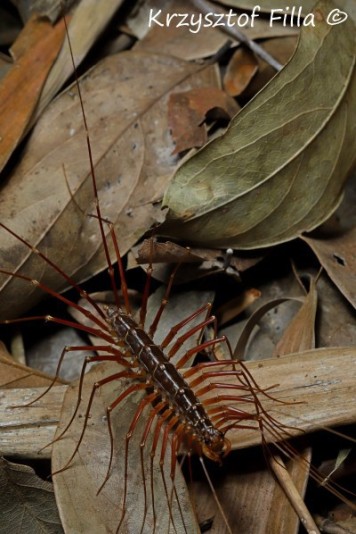
Long legged centipede.
^ ^^^
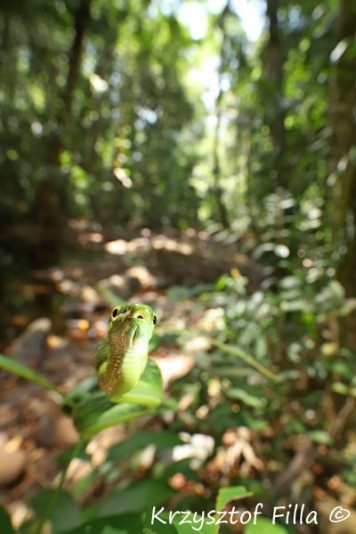
The red tailed racer (Gonyosoma oxycephalum).
^ ^^^
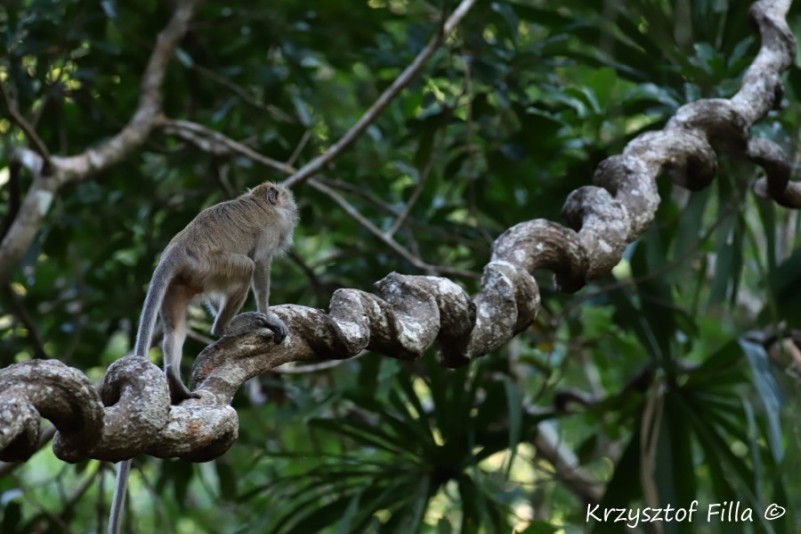
The long-tailed macaque (Macaca fascicularis). It is popular species of macaques that occupies most of South East Asia. Their groups can vary between 5 and 60 individuals. Infants are born with black fur but when growing up they change it gradually to gray and brown.
^ ^^^
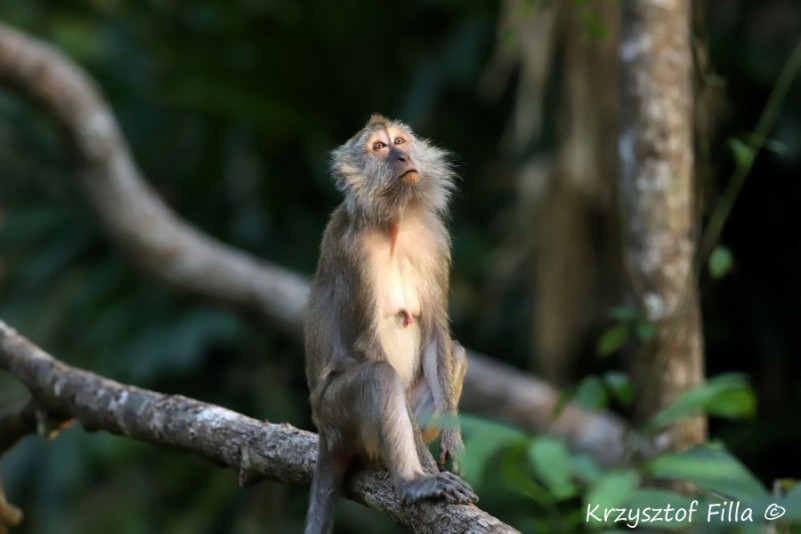
The crab-eating macaque (Macaca fascicularis), also known as the long-tailed macaque.
^ ^^^
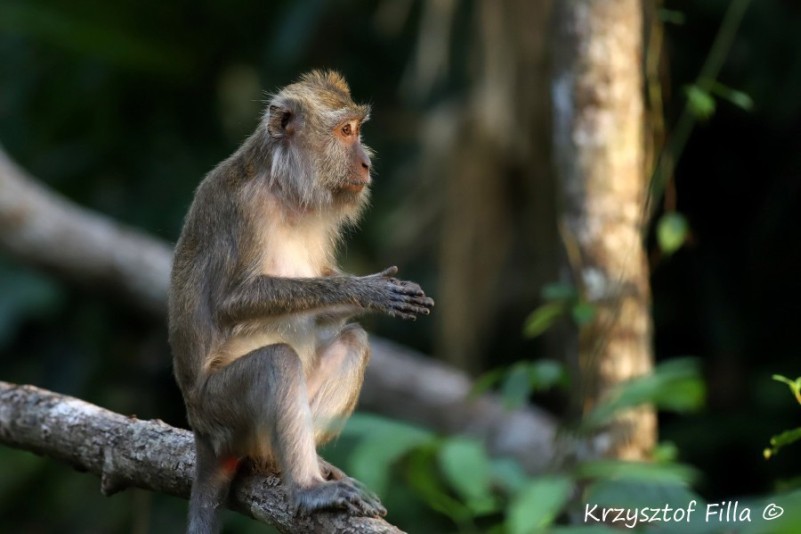
The crab-eating macaque (Macaca fascicularis), also known as the long-tailed macaque. Their main diet is not crabs as the name would suggest. They are omnivores and 60-90 % of their diet are plants, the rest are insects, snails or crabs.
^ ^^^
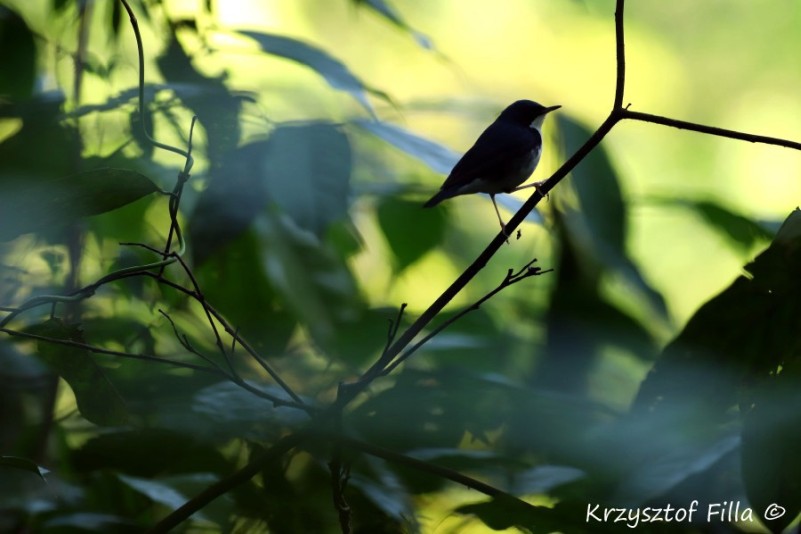
^ ^^^

Muntjacs (Muntiacus) also known as barking deer or rib-faced deer.
^ ^^^
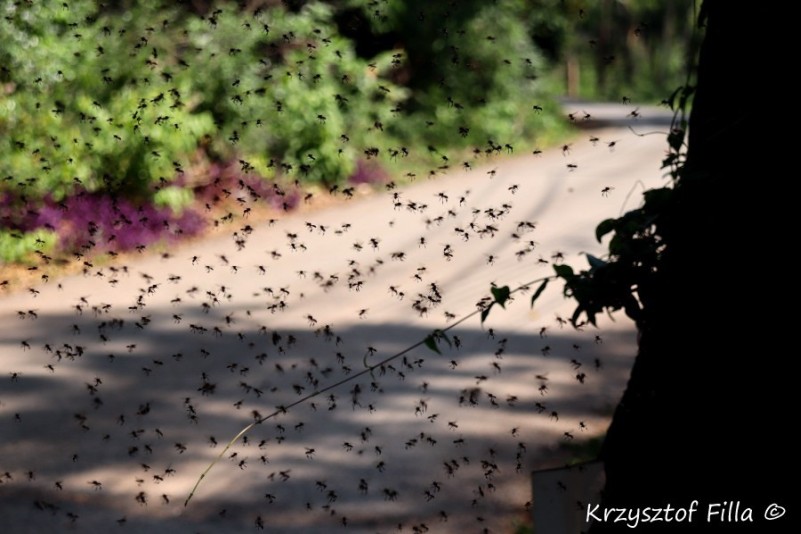
^ ^^^
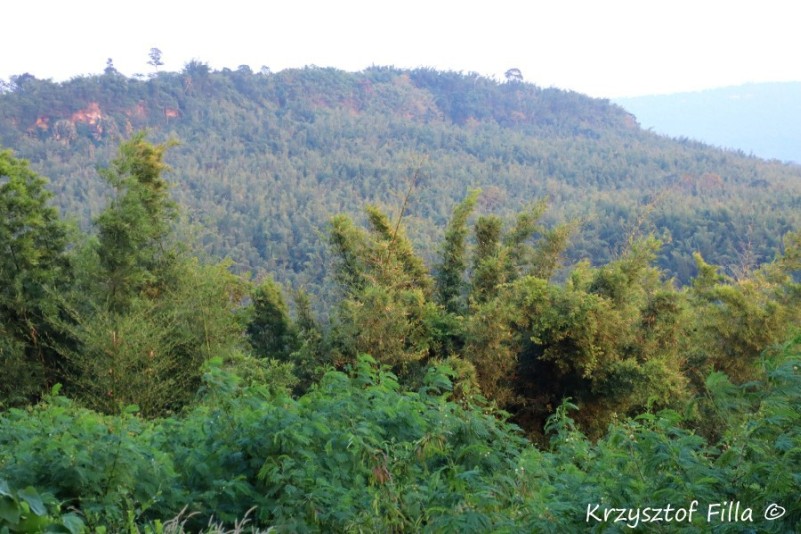
Tap Lan National Park. The landscape present in this picture is dominated by bamboo grove. The forest here has been felled and the bamboo has taken over preventing trees from growth.
^ ^^^
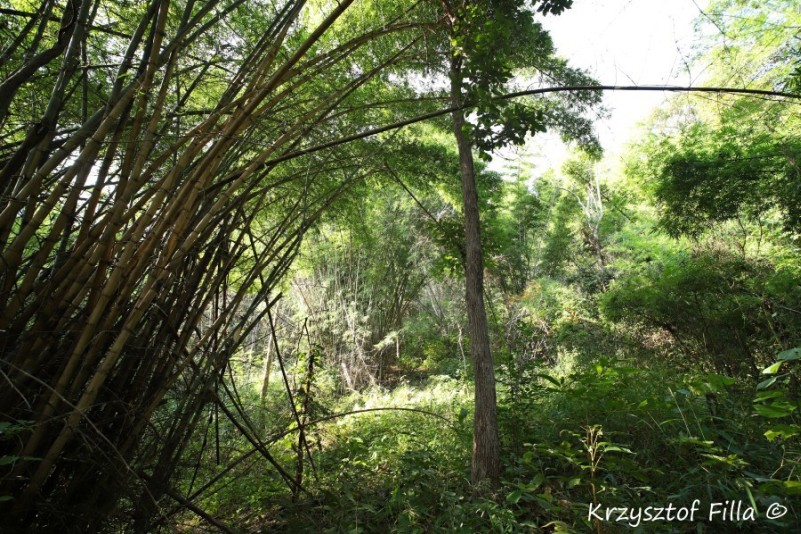
In the north of Thailand like in other parts of the region, once removed forest is taken over by swiftly growing bamboos. These places are destitute of biodiversity. Very little birds and other organisms exist in those places compared to the original forest. These areas are unjustly marked on maps and by authorities as forests.
^ ^^^



















































































